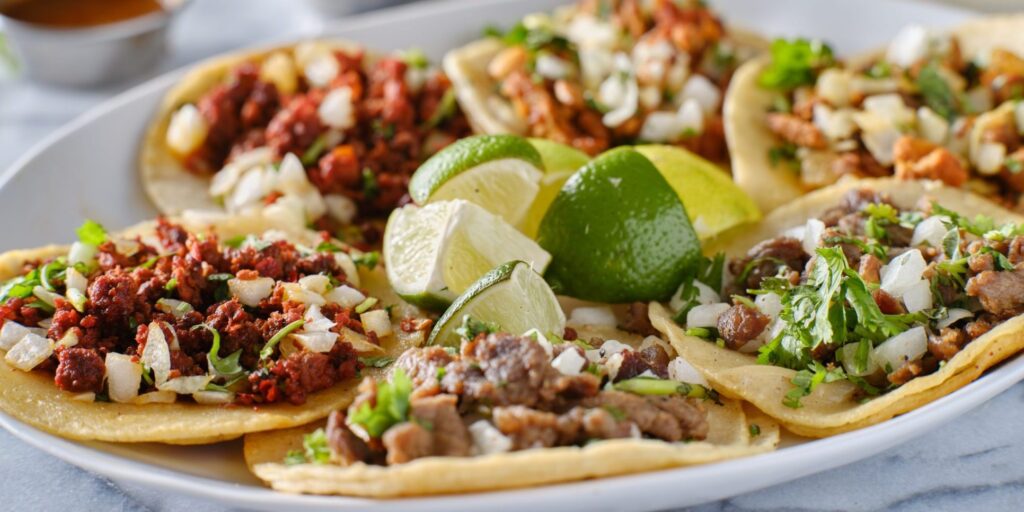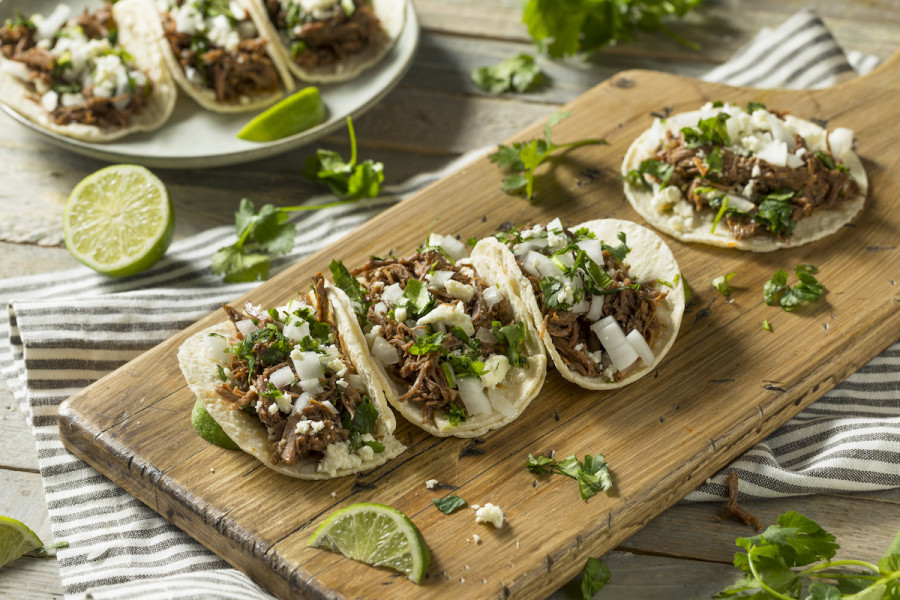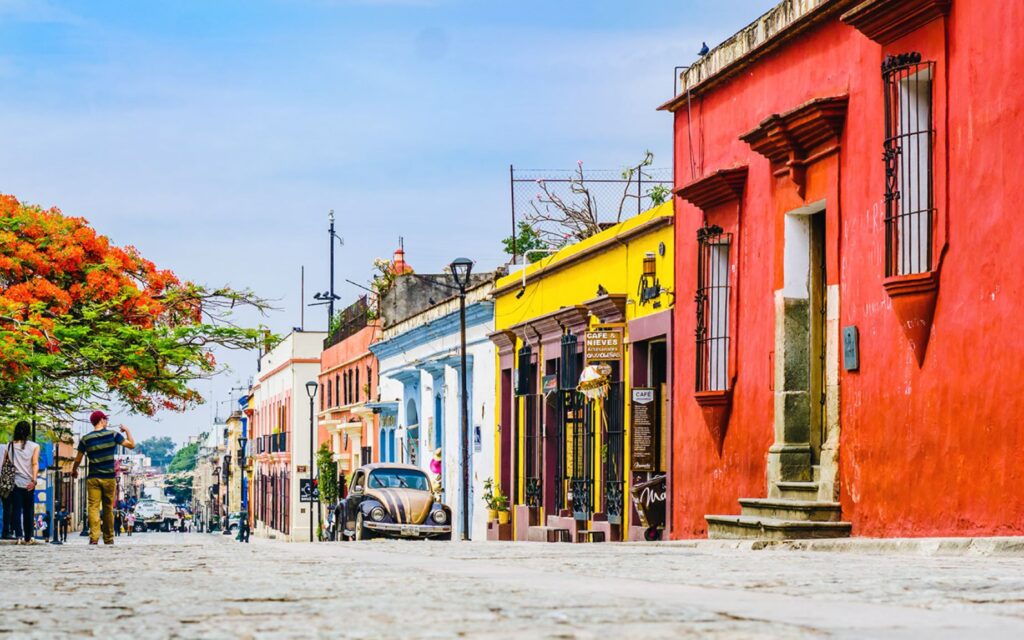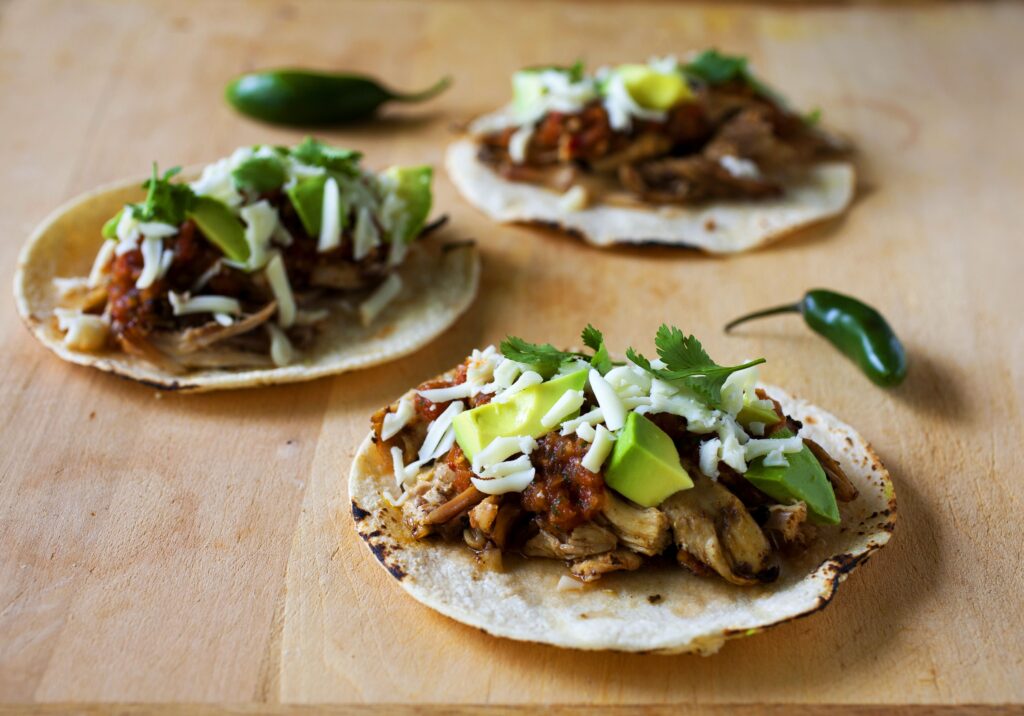There is a small town in Oaxaca, Mexico called Santa Maria Tlanaltepetl. This town is so special because of the food. Here you can find the best tacos, the best tamales, and the best mole. There is a taco that was created to honor the god of the locals. It is the best in the world.
I’ve been to Oaxaca more times in a few months than many people have been born in their lifetimes. I’ve met some amazing people, felt authentic Mexican culture, and visited the country’s top archaeological sites. I’ve also spent a lot of time drooling at the sight of the Cow Head Taco, the unofficial mascot of Oaxaca.
The current presidential election in the United States has given us many new words that originated from the debates. Words like “deplorables” and “crooked” and our most recent addition “covfefe” have made the rounds on social media and television.
But what if we could add to the political lexicon a word that describes a person who is thought to be wise, a philosopher? A person who knows all the things? Over the years, I have spent time with a man who I believe embodies this description.. Read more about different types of tacos and let us know what you think.
It’s Wednesday, and I realize I’m running late once again. I have a conference call in a few minutes, and I’m on the opposite side of town, deep in contemplation. What’s more, I totally neglected to eat. This mistake is a perplexing but common ailment for a woman who makes a career writing about food. When I’m working on a writing assignment or giving a speech, everything fades away. Yes, even food is included. I’m walking about in a fog, my mind racing with words.

I turn to the right, pressed for time, hoping that my favorite cow head taco seller has not closed for the day. In the desert heat, I arrive breathless, happy, and sweating. My cabeza specialist, Israel, grins broadly. He drawsls, “Hola Yeni,” as if he had all the time in the world. As steam billows into the air, he lifts the hefty top off a massive metal pot, shifting onto his right foot to absorb its weight. “What can I do for you?” (How may I assist you?)
A small mobile stand with two seats facing an improvised bar pushed up against the wheels serves as Israel’s taco eatery. He has a cooler full of beverages and sauces in addition to his metal pot, which is split into sections to separate the different kinds of meat and tortillas. You wouldn’t know he was coming if he wasn’t parked. It’s not called ambulantes tacos (wandering tacos) for nothing.
I get a glimpse of an older guy beaming at me from the corner of my eye as I half-lean on a stool, my blood sugar plummeting. “Can you tell me where you’re from? “Are you married?” he inquires. “How about your family? “Do they seem to be here?” I open my mouth to respond to his barrage of questions, but Israel smiles and cuts me off.
He interjects, “Tranquilo.” “Let her eat first,” says the narrator.
I gulp down the first of my tacos while both guys look at me suspiciously, as if they’re questioning whether I’m capable of breathing while eating so fast. I turn to the other diner and answer his inquiries after wiping away the salsa with a paper napkin.
Israel looks from one of us to the other, as though presiding over our conversation like a pleased father.
He asks no one and everyone, “Isn’t life grand?” We exchange a grin before lowering our heads to take another mouthful of tacos.
Surtidos-style tacos en cabeza
A Few Words about Those Cow Head Tacos

Tacos in Mexico are made using a variety of meats and cuts, similar to dumplings in Asia. Jeffrey Pilcher writes in his book Planet Taco:
“People have been eating maize tortillas with pieces of meat or beans wrapped up inside for over a millennium, but the taco only became a national dish in the twentieth century. Traditionally, each area of Mexico had its own unique snack foods, collectively known as antojitos (small whimsies), which came in a range of forms and were given a number of local names.”
A more contemporary use of one of those antojitos is the now-ubiquitous taco. Tacos were not included in the 1831 book El Cocinero Mexicano, which included a list of maize snacks such as quesadillas and chilaquiles but not tacos. According to Pilcher, tacos as a descriptor gained popularity with the publication of Los banditos de Rio Frio (The Bandits of the Cold River) in 1891, which mentions youngsters “skipping, with tacos of tortillas and avocado in their hands.” Though the phrase had clearly been used previous to publication, Pilcher claims that it was with this new book that it “quickly gained official recognition,” with credit to Mexico City.
A new global fusion in the instance of cow head tacos: both beef and pig were imported from Spain. Cow head tacos are said to have originated in Bajio, Mexico, according to Jose Iturriaga in Las Cocinas de Mexico. They’re very popular these days in Mexico City, Sonora, and the rest of the country. However, they may also be seen in other parts of Mexico, prepared with whatever local ingredients are available.
This refers to all portions of the head in the case of cow or pig head tacos. Meats are typically divided into maciza, which translates to “solid” flesh, and may range from the cow’s cheeks through lips, mouth, and neck. The offal, which includes the eye, tongue, brains, sweetbreads, and machitos, is the second category (beef intestines). Both the maciza and the lengua, or tongue tacos, are favorites of mine. Surtido, a mixture of meats combined together, is a catch-all for a first venture into tacos de cabeza.
Although head meat tacos may seem excessive, these are gourmet-quality pieces of meat. The tacos have a thick texture, are soft, and have a lot of flavor without being greasy. Head tacos are typically made by heating the head overnight, then shredding the flesh and returning it to the pot in its own liquid (known as consommé).
Of course, because this is Mexico, the beef isn’t just cooked in an inedible pot. Achiote (annatto), avocado leaves, peppercorns, a range of various chilies, bay leaves, and a few more secret spices are among Israel’s steamer’s components. When the beef tortillas are ordered, Israel dips them into his massive metal steamer and serves them with cilantro, raw onions, a dollop of avocado paste, hot salsa, and a lime wedge.
The completed product.
In Oaxaca, my favorite taco philosopher is

I walked the streets of Oaxaca in awe when I first arrived. Curiosity drove me to try every taco and quesadilla vendor I could find that followed my criteria for eating street food safely after so many years in Asia. During my wandering, I came upon Israel’s booth. He was born in Puebla and has spent the most of his life in Oaxaca, including his education. He double-majored in accounting and law — another Thrillable Hours contender? — and worked in accounting for many years after graduation.
What prompted this accountant to begin cooking tacos? Oaxaca was embroiled in demonstrations in 2006, and his whole office was briefly shut down. Israel learnt how to cook tacos and sell them on a traveling cart in order to support his family. Back then, he didn’t sell skull tacos. Instead, he specialized in “tacos de canasta ambulantes,” fatty chorizo and chicharrones tacos served from a basket. He prepared these fried, rolled tacos ahead of time and sold them on the streets to protestors camping out in the main plaza and elsewhere.
He earned more money as a taco seller than he did as an accountant, which surprised him. When the demonstrations subsided and the city’s situation normalized, he chose to continue selling tacos. He laughs and adds, “There was no way I was going back to an office.” He takes a breath and thinks for a while. “However, I had to switch tacos.”
Israel is so enjoyable because of its deep thinking. When people come to his cart, he engages them in light conversation, but they often seek his counsel and ask him questions about their life choices. In the case of his tacos, he converted to Sonora-style steamed head tacos, which are somewhat more costly but far healthier. With a shrug, he says, “It simply felt strange to create oily tacos when I could make nutritious tacos.”
That’s the kind of person he is.
Tacos incoming! <3

On that busy Wednesday, I’m still eating tacos and talking with my companion diner when a lady emerges from a building adjacent to Israel’s cart. She shouts his name many times, impatiently, until he realizes that he missed them dialing his phone at the government building next door while he was eating tacos. He makes a hasty exit.
Israel grins sheepishly at me and shrugs, as if to say, “What can you do?” There will be tacos to eat.” I realize that I, too, ate my tacos and forgot about my responsibilities.
I eat my head tacos quickly, embrace Israel, and hurry home for my conference call.
After a few days, my stomach cries out for more surtidos tacos, so I go down to Israel’s booth. “I see you!” he exclaims from afar, “Yeni!”
I get onto one of his high stools, giggling, and place an order for tacos. A guy in his mid-40s comes in and looks at me with interest. He shrugs and sits down in front of the cart on one of the plastic stools.
“Isn’t life wonderful?” Israel asserts.
The newcomer confesses, “I’m very furious today.” He casts a brief look across at me, uncertain whether I speak Spanish.
Israel immediately interjects, “Oh, that’s Yeni.” “She also lives here.”
Slowly, the guy nods.
Isreal continues, “Well.” “When your heart is tranquil, life is wonderful. Otherwise, life isn’t worth living.”
We eat our tacos quietly, reflecting on Israel’s remarks. Almost every time I’ve seen him on the streets of Oaxaca, his customers have gone to him with their problems, hoping for a word from this head taco philosopher to put everything in perspective.
We all finish our tacos at the same time, and Israel takes the money from the other client first, looking him in the eyes. “Remember. You’ll get into problems because your perspective of the world will be tainted by your fury. Things that are wonderful in life will become causes to be upset as well. In your heart, you must be peaceful and joyful. The rest will take care of itself.”
The guy walks away, and Israel turns to face me, a big grin on his face.
“You as well, Yeni!” Don’t worry, however; it’s much simpler to be peaceful and joyful in your heart when you’ve had tacos in your stomach.”
Israel, holding chia water and wearing a ch-ch-ch-Chia shirt, unaware that it was a North American advertisement. Chia seeds are widely grown in Oaxaca and are utilized in lemon water, chocolate, and other dishes.
Learning about the people who make the meals I like has been one of the most enjoyable aspects of getting to know my new home of Oaxaca. I hope you liked this Israel-related segment!




